"She’s our Jackie Robinson of tennis": Happy birthday, Althea Gibson
By Aug 25, 2019Social
Billie Jean King pays a visit to Sesame Street to celebrate International Women's Day
By Mar 09, 2024Social
WATCH: ATP players in Rotterdam dish on who they love most on tour for Valentine's Day
By Feb 14, 2024Style Points
Serena Williams wears black to introduce Green Day, her “literally favorite band of all time”
By Feb 06, 2024Lifestyle
Rafael Nadal’s Roland Garros winning racquet nets $118K at auction
By Jan 30, 2024Lifestyle
One of Rafael Nadal’s Roland Garros winning racquets is up for auction
By Jan 16, 2024Social
Billie Jean King drops puck to start Professional Women's Hockey League
By Jan 02, 2024Pop Culture
Coco Gauff, Billie Jean King, Serena and Venus Williams land in Google's '25 Years of Search'
By Dec 17, 2023Social
Billie Jean King toasts '80 years young' on milestone birthday
By Nov 22, 2023Social
GALLERY: Good vibes all around at BJK Cup Finals welcome reception, team photo shoots
By Nov 06, 2023"She’s our Jackie Robinson of tennis": Happy birthday, Althea Gibson
The revival of a historic tennis court in North Carolina, and the dedication of a statue at the US Open, shine a belated spotlight on the civil-rights legacies of Althea Gibson and her mentor, Dr. Hubert Eaton.
Published Aug 25, 2019
Advertising
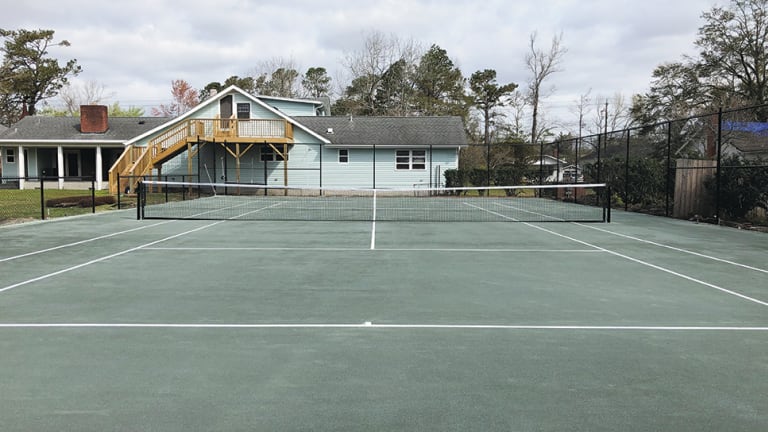
"She’s our Jackie Robinson of tennis": Happy birthday, Althea Gibson
Advertising

"She’s our Jackie Robinson of tennis": Happy birthday, Althea Gibson
Advertising
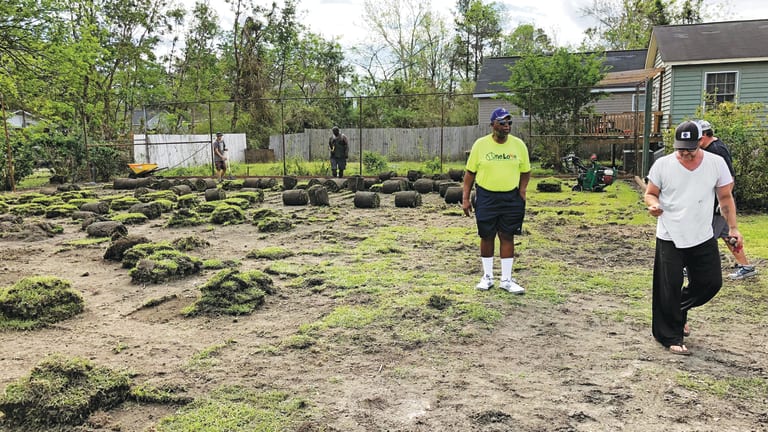
"She’s our Jackie Robinson of tennis": Happy birthday, Althea Gibson
Advertising
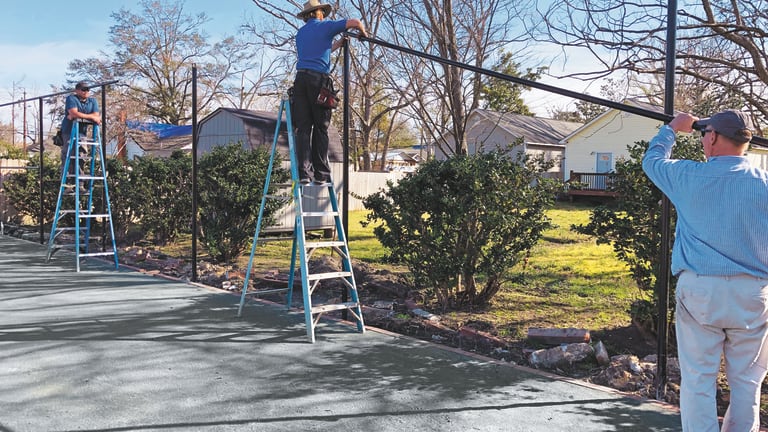
"She’s our Jackie Robinson of tennis": Happy birthday, Althea Gibson
Advertising
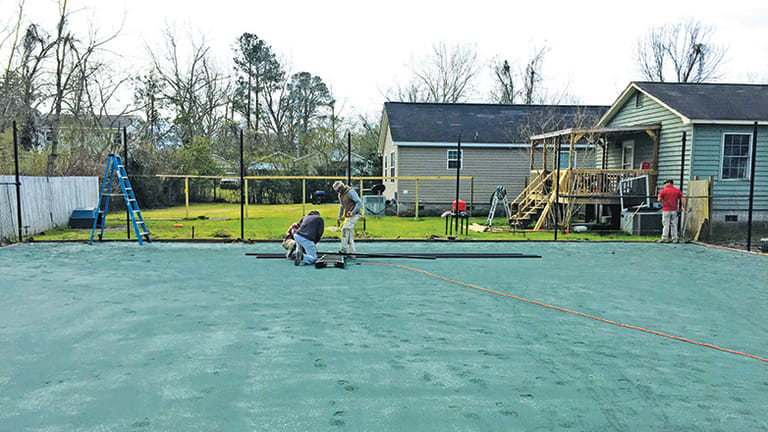
"She’s our Jackie Robinson of tennis": Happy birthday, Althea Gibson
Advertising
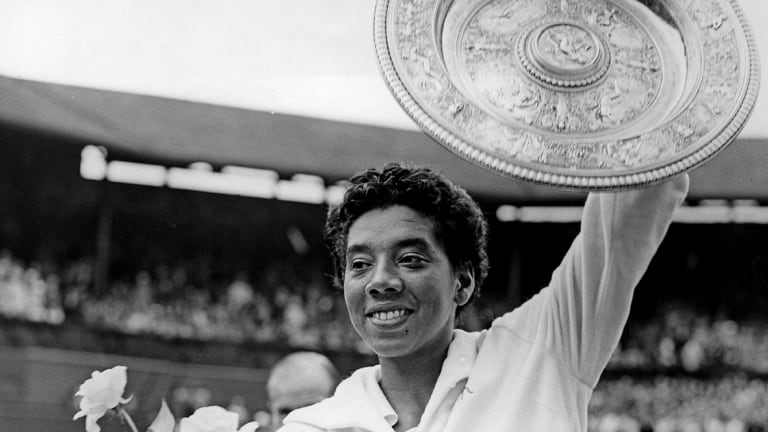
"She’s our Jackie Robinson of tennis": Happy birthday, Althea Gibson
© AFP/Getty Images
Advertising
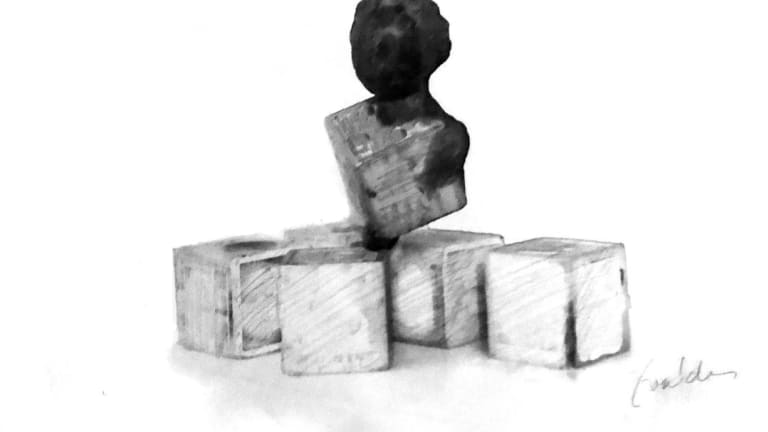
"She’s our Jackie Robinson of tennis": Happy birthday, Althea Gibson
Advertising
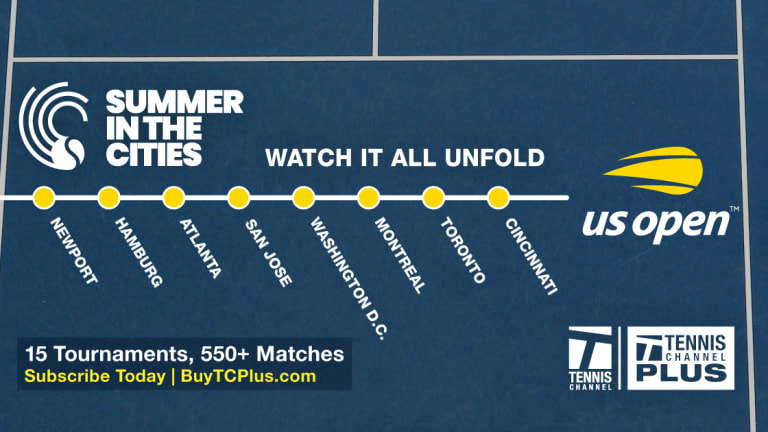
"She’s our Jackie Robinson of tennis": Happy birthday, Althea Gibson